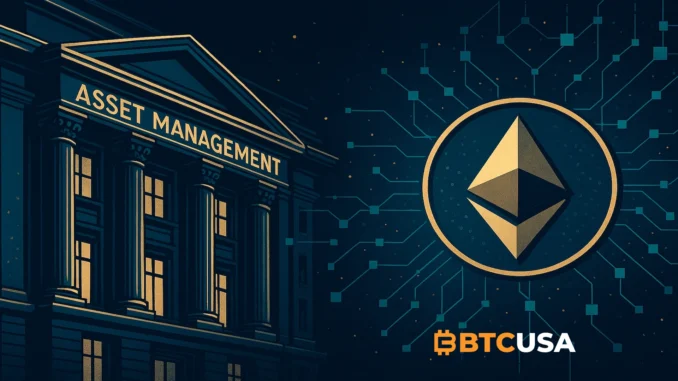
Circle, the issuer of the USDC stablecoin, filed formally on Tuesday, May 27, with the New York Stock Exchange for an initial public offering. It will trade under the ticker CRCL with its shares priced at $24 to $26 initially, confirming earlier reports that it was going public.
The IPO is comprised of 24 million total shares, including 9.6 million fresh shares issued by Circle itself. Existing shareholders and early investors will offer 14.4 million shares to the public aside.
The IPO is managed by the leading investment banks J.P. Morgan, Citigroup, and Goldman Sachs and positions Circle to capitalize on growing institutional take-up of digital assets in the U.S.
Circle Sees Growth In Spite Of Crypto-Friendly Environment
With the largest stablecoin issuance of U.S.-based stablecoins, Circle sees the IPO as a strategic move to expand business and dismantle Tether’s dominance in the market. The timing is right as the United States turns more friendly towards cryptocurrencies from a regulatory perspective.
Unlike token offerings that are purely speculative, Circle’s IPO entails a disciplined regulatory approach with comprehensive financial disclosures under U.S. securities law. That process attests to the company’s focus on compliance and transparency.
Founders Retain Control via Class B Shares
Founders Sean Neville and Jeremy Allaire will retain significant control over Circle after listing. With five-to-one vote Class B shares, they will control the company even as there are broader public holders.
But Circle will not be a “controlled company” by NYSE standards. It will continue to be subject to standard governance requirements, such as disclosure and board independence.
Second Attempt Following 2022 SPAC Failure
This IPO is Circle’s second time trying to go public. An earlier attempt in late 2022, through a SPAC merger, collapsed after the SEC failed to approve the transaction prior to the deadline.
On the other hand, Circle’s current IPO is backed by a traditional listing process and a publicly available S-1 registration statement dated April 1. The move gives potential investors full visibility into the company’s financials, including its stablecoin activities, cash balances, and revenue streams.


